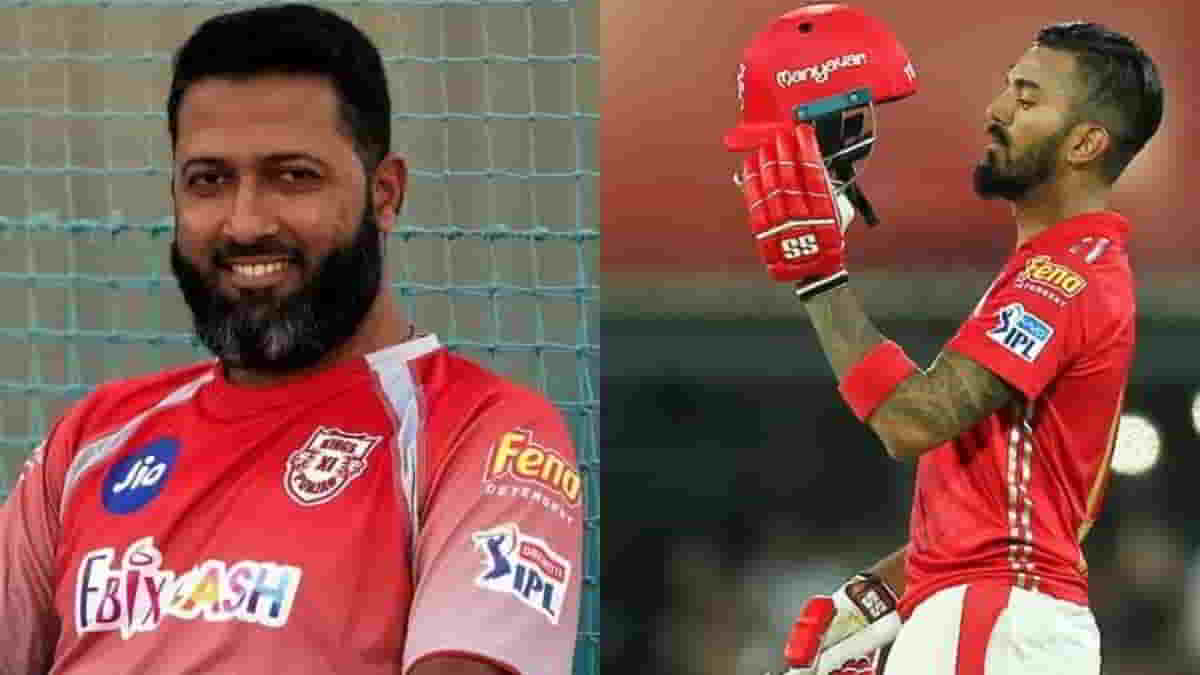Football is a sport that has been around for centuries and has evolved into one of the most popular and widely viewed sports in the world. As the game has evolved, so has the technology used to capture and broadcast it. In modern times, cameras have become an essential part of capturing the action on the pitch and broadcasting it to millions of fans worldwide. In this article, we will explore the different types of cameras used in football and why they are used.
Broadcast Cameras:
The most common type of camera used in football is the broadcast camera. These cameras are usually situated high above the pitch on a scaffold or in a specialized tower. They are used to capture wide-angle shots of the entire pitch, including both teams and the action taking place. Broadcast cameras are equipped with long lenses that allow them to zoom in and out, providing close-ups of players and the ball.
Broadcast cameras are used primarily for live broadcasting of matches and can be controlled remotely by the broadcast team. They are also used for post-match analysis and highlight reels. The high angle provided by broadcast cameras is excellent for showing tactics, formations, and team movement. It also allows the viewer to see the entire pitch and track the ball’s movement easily.
Goal Line Cameras:
Goal line cameras are a relatively new addition to football and have been introduced to help referees make decisions regarding goals. These cameras are positioned at the back of each goal and are set to capture a view of the goal line. The cameras are high-speed and record at up to 500 frames per second, providing an accurate record of the ball crossing the line.
Goal-line cameras are used for goal-line technology (GLT), which is a system that automatically detects whether the ball has crossed the goal line. The technology is used to confirm or overrule referee decisions regarding goals, and it has been a significant step forward in improving the accuracy of football refereeing.
Handheld Cameras:
Handheld cameras are used for close-up shots of players, coaches, and fans. They are typically used for pre-match and post-match interviews and are also used to capture behind-the-scenes footage. These cameras are small and portable, allowing them to be moved around the stadium quickly.
Handheld cameras are also used to capture shots of the crowd and the atmosphere in the stadium. They provide a more personal and intimate perspective on the game and are often used to showcase the passion and energy of the fans.
Aerial Cameras:
Aerial cameras are used to provide a unique and breathtaking view of the pitch. These cameras are attached to drones or helicopters and capture footage from above. Aerial cameras are used for pre-match and post-match footage, as well as during the match itself.
Aerial cameras provide a unique perspective on the game, showing the stadium, the surrounding area, and the entire pitch from above. They are particularly useful for showing the movement of players and the ball from a different angle.
Conclusion:
Cameras are an essential part of modern football. They are used to capture the action on the pitch, provide close-ups of players, and showcase the passion of the fans. Broadcast cameras are the most commonly used type of camera, providing a wide-angle view of the entire pitch. Goal line cameras are used to provide accurate records of goals, while handheld cameras provide a personal perspective on the game. Aerial cameras provide a unique and breathtaking view of the pitch from above. Each type of camera serves a unique purpose, and together they provide a complete picture of the game for fans around the world.
Also Read: Which are the greatest mid-fielder and forward partnerships in football?
“Get more sports news, cricket news, and football updates, log on to sportsdigest.in. Follow us on Facebook or Twitter and Subscribe to our YouTube Channel.”






















